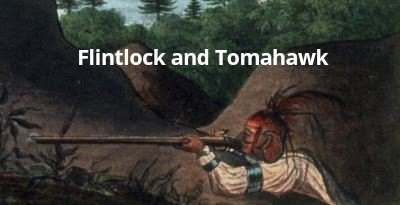Excerpt from the book on Indian warfare.
Lee, Wayne E. The Cutting-Off Way: Indigenous Warfare in Eastern North America, 1500-1800. (Chapel Hill, NC: UNC Press, 2023),177. See here
Native Americans contributed materially to the British war effort, but their help proved expensive. Indian Agent John Stuart argued that despite high costs “we have not been able to do it without them,” and indeed the numbers could be impressive: in the first ten months of 1781 some seventy-five war parties totaling almost 3,000 warriors set out from Fort Niagara. But the situation at Niagara illustrates the difficulties of balancing costs and effectiveness. After the rebels' 1779 campaign into Iroquois country, Niagara became a refugee center with approximately 5,000 Indians camped in the area all demanding provisions. Costs for maintaining the women, children, and some warriors ballooned to £100,000 in 1781. Bruce Wilson calculates that the cost of "provisioning the Indians at the three major upper forts, Niagara, Detroit and Michilimackinac, reportedly exceeded the cost of the whole military establishment in Canada exclusive of provisions.” In contrast, during the French and Indian War Lord Loudoun's staff calculated that a regiment of 1,000 colonial rangers cost £42,400 in its first year of operations, slightly less thereafter, a cost considered exorbitant at the time. British General John Burgoyne claimed, with some exaggeration, that 1,000 Indian warriors cost more than 20,000 regulars. Thus, although the British had a potentially large pool of motivated Indian allies, they needed substantial resources to keep them, and frequently their dependents, on task. The Seminoles in Florida arrived in large numbers to assist the British, but lack of resources obliged British officials to turn them away. East Florida's governor, Patrick Tonyn, complained that he remained powerless without an ability to supply the Seminoles, leaving him "invested with the mere shadow of authority.”






No comments:
Post a Comment